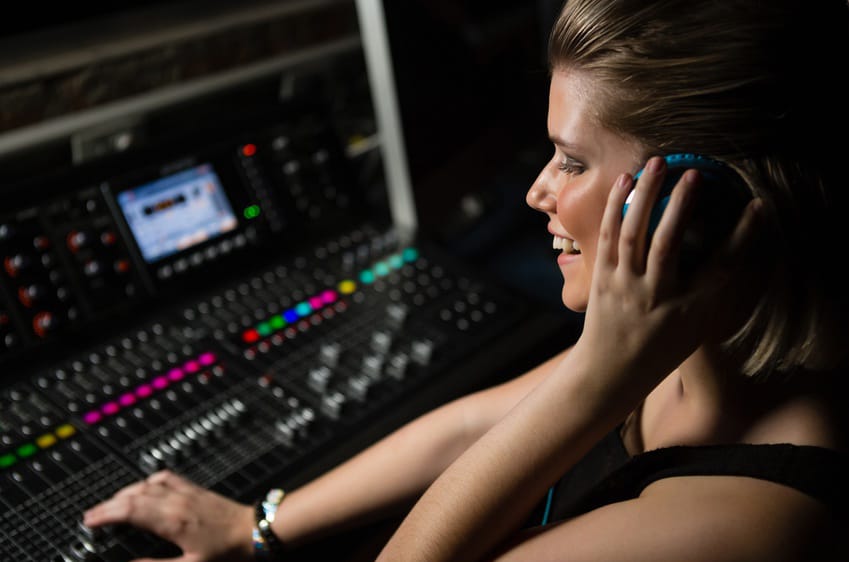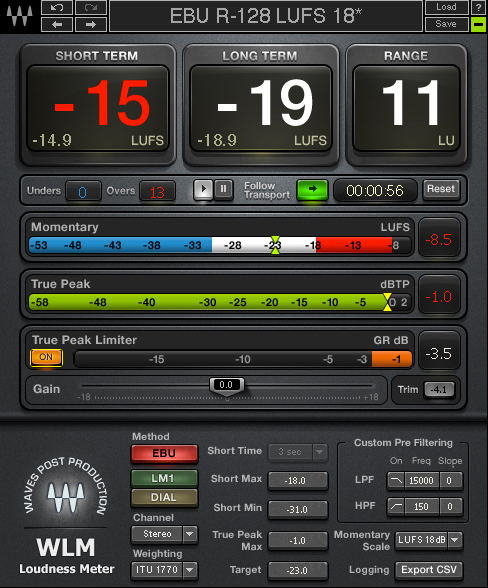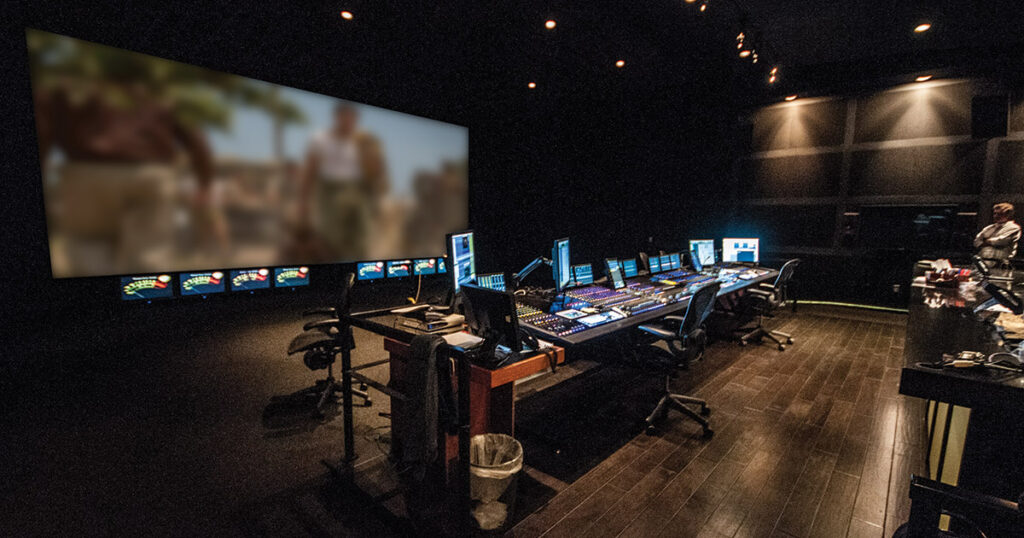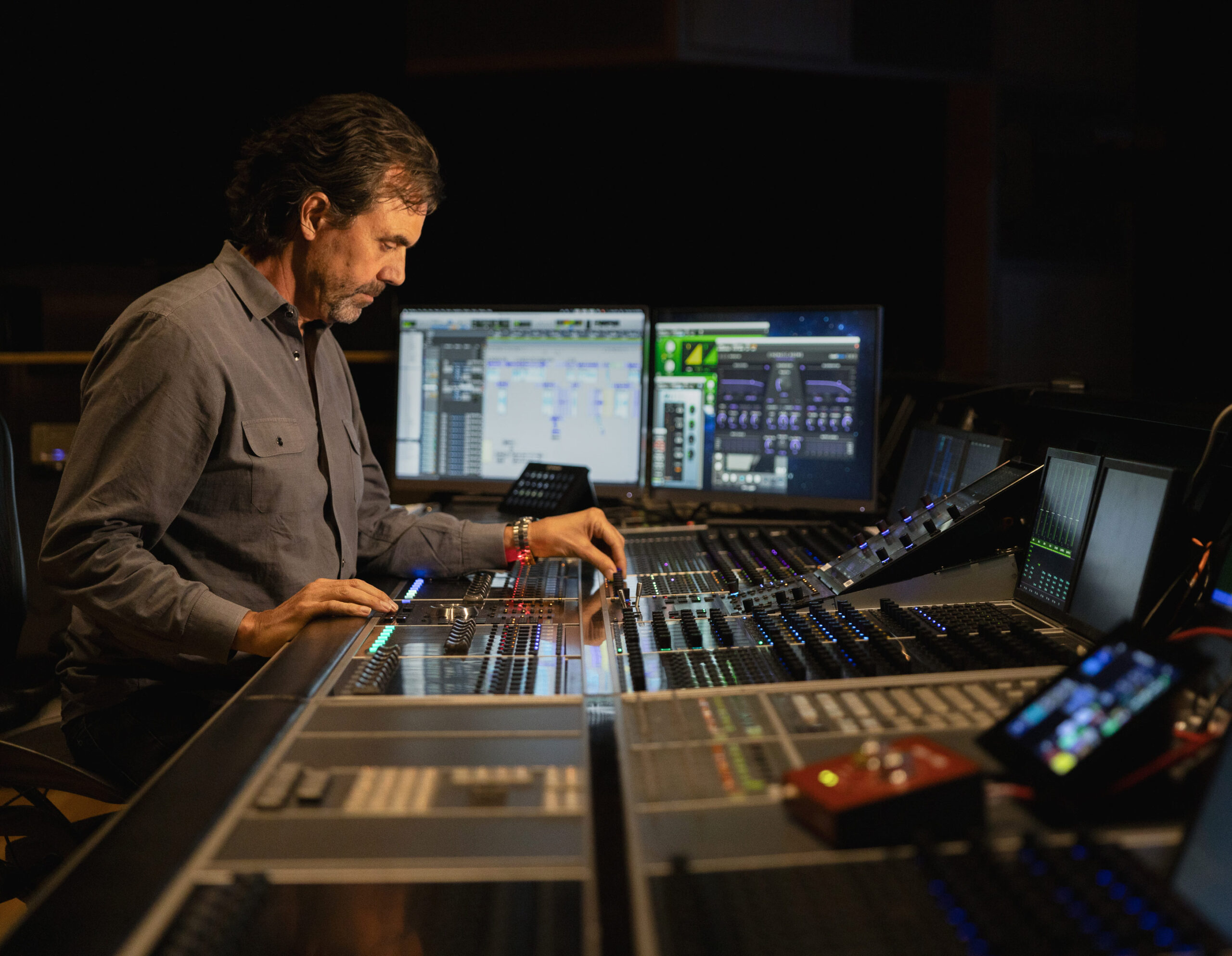The Final Architects of Cinema's Soundscape
A Re-recording Mixer stands as the final creative authority in a film's audio journey, wielding both technical mastery and artistic sensitivity to craft the ultimate sonic experience. They are the conductors of cinema's invisible orchestra, balancing dialogue, effects, and music into a seamless tapestry that serves the director's vision.
In the hallowed halls of dubbing stages, these audio storytellers make critical decisions that can make audiences lean forward in suspense, jump from their seats in terror, or move them to tears through the perfect marriage of sound and emotion.
"The Re-recording Mixer doesn't just balance audio—they sculpt the final emotional experience of the film."

Professional dubbing stage showcasing the environment where Re-recording Mixers craft final soundscapes




